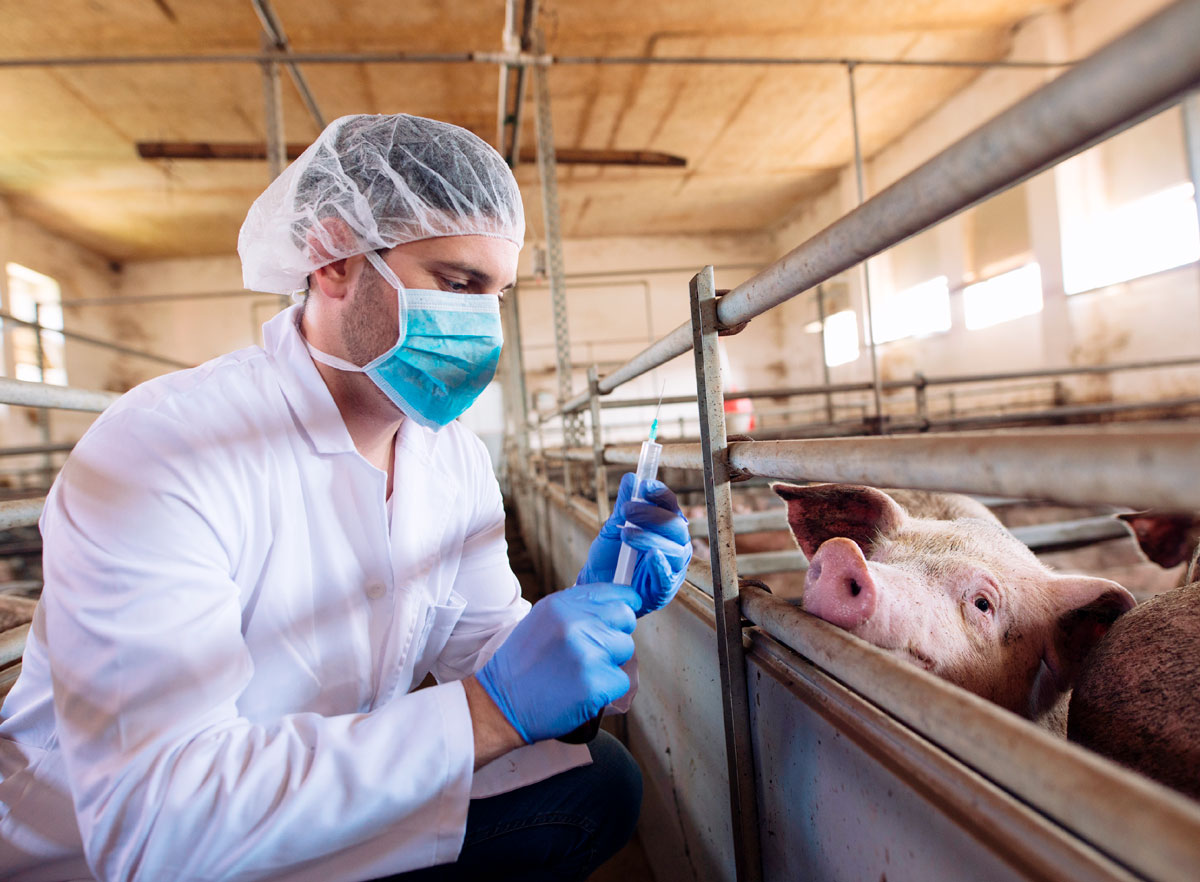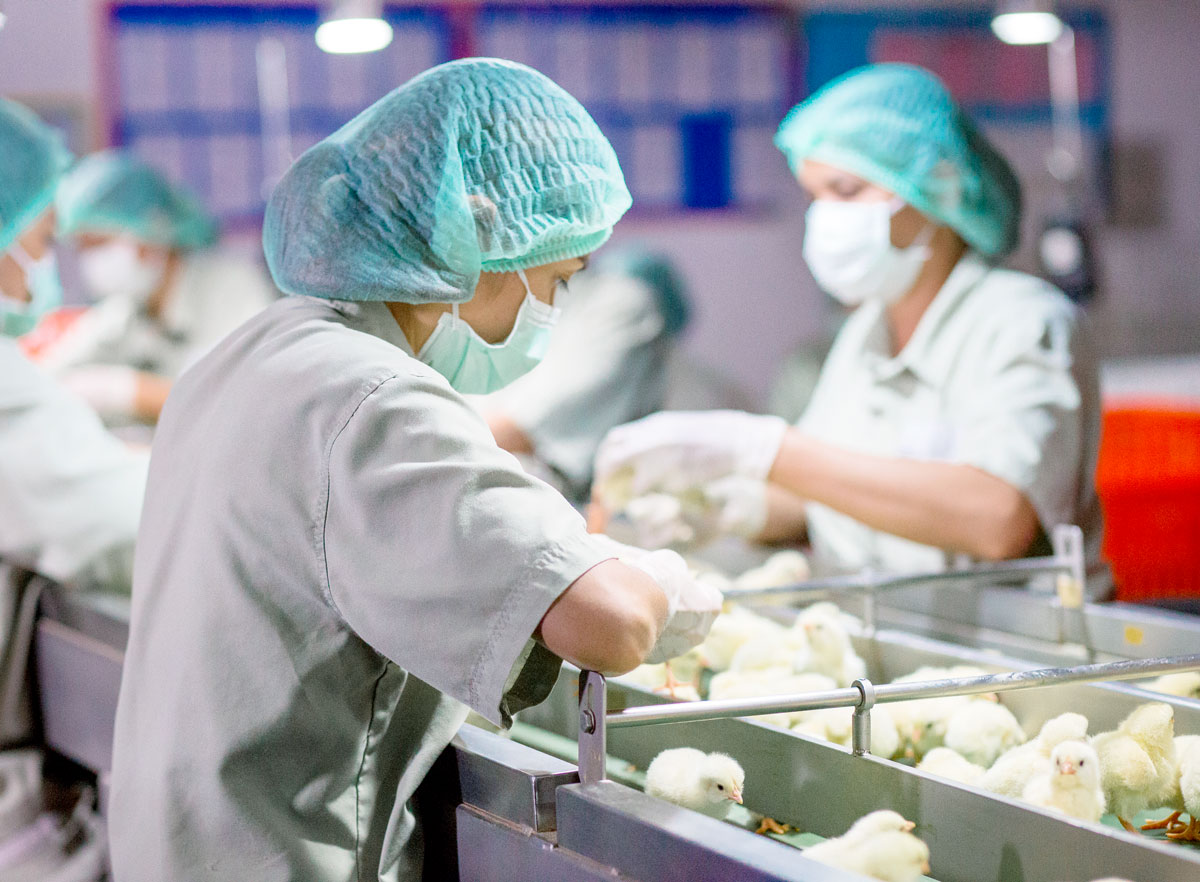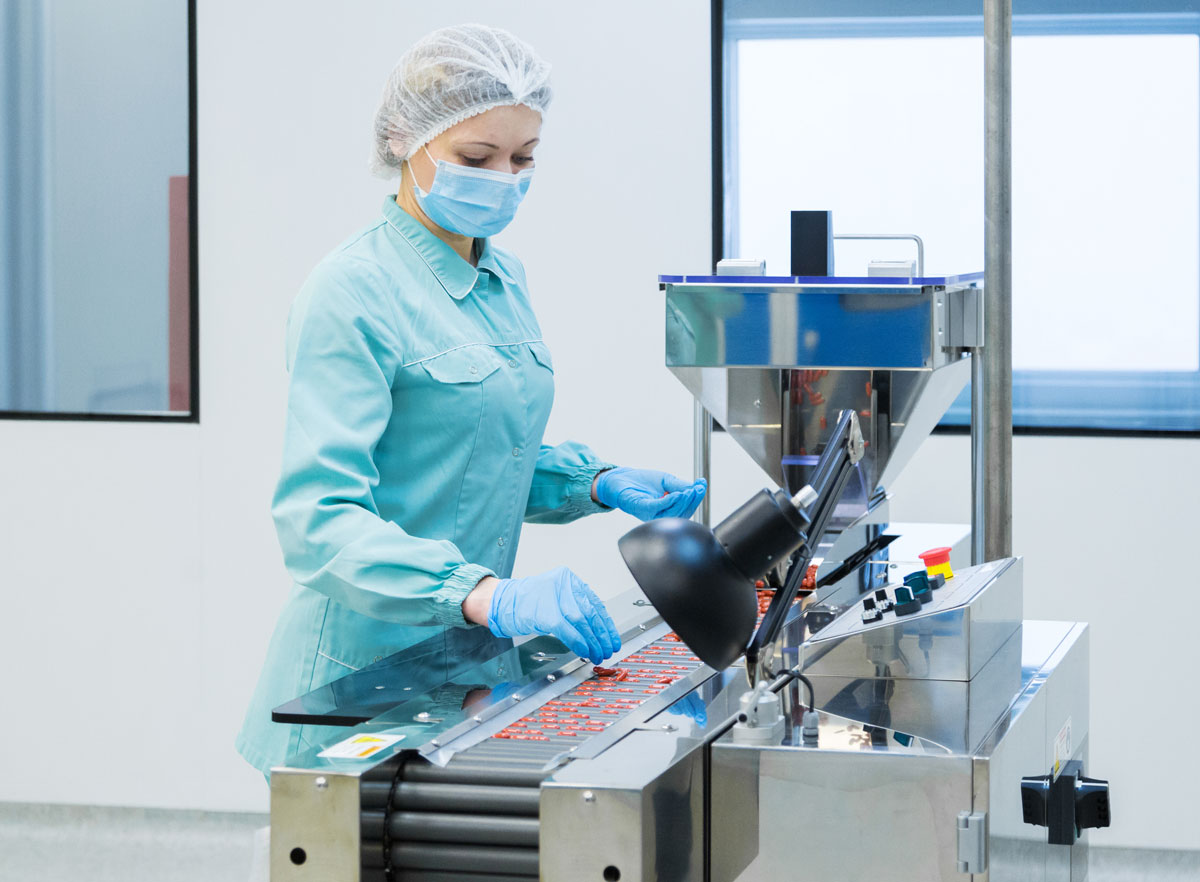Themes
AMAGRI is made up of researchers from different segments of the economic and social sciences who, through various projects, are looking at how antibiotics are used in agriculture. They are studying how the dominant model of intensive farming supported by increasing recourse to antibiotics came into being and are asking to what extent this model is being challenged (or not) by current dynamics that are striving to reduce agriculture’s technical, economic and social dependence on antimicrobials. More broadly, AMAGRI analyses the veterinary medicines regulatory regime: what are the practices, knowledge, actors, technologies and public or private standards around which this regime is organised? Historically, how was it created? To what extent is the problem of antimicrobial resistance putting this system to the test, and what are the stakes in terms of its current recompositions?
AMAGRI mobilises different economic and social science approaches and methodologies, from the sociology of labour, through to history and STS, from medical anthropology to political science and the economics of animal health. Yet while it is a framework of analysis that brings AMAGRI’s researchers together, it is undoubtedly the “social life of medicines” (here applied to veterinary drugs) that makes it possible to embrace pharmaceutical circulation as a whole, from development to production and onwards to marketing, prescription and use. This is what we are trying to grasp here, though the notion of the veterinary medicines regulatory regime, split into four interconnected themes.
In the end, the regulation of veterinary medicine takes place at many different levels: that of health practices and know-how on livestock farms, that of the professionals and organisations involved in the management of animal health, that of the agri-food and pharmaceutical markets and, finally, that of public policy and expertise. This regulatory system is not set in stone; it evolves with each controversy, mobilisation and problem that appears over time, especially in relation to an issue as complex and unsettled as antimicrobial resistance. And this is precisely the challenge that researchers working on AMAGRI projects wish to take up, i.e. to analyse as closely as possible the way in which antibiotic use in livestock farming is governed, in order to provide all of the actors engaged in the fight against antimicrobial resistance with keys to understanding and levers for action.
Knowledge and practices

Antibiotics are used on a daily basis in animal farms all over the world, for different reasons and in a very wide variety of situations: to treat sick animals, to prevent illnesses or simply to increase productivity through their effects on animal growth. They are used in intensive farms where animals are mostly kept indoors and where numerous technologies are used to rationalise production, but also in extensive livestock farming where animals can be exposed to a wide range of environmental pathogens – and even in certain organic, sustainable and agro-ecological farms where although the use of antibiotics is more strictly regulated, it is not completely prohibited.
Yet there are also many situations in which antibiotics are not used, regardless of the type of farm or agri-food system. In almost all supermarkets and some fast-food restaurants we can now find “antibiotic-free” meat produced by industrial farms, just as in these same supermarkets or directly from the producer we can buy organic milk and labelled eggs that have not been treated with antibiotics. There are also situations, as is the case for many farms in sub-Saharan Africa, where the majority of farmers only have limited access to and experience with antibiotics and veterinary medicines in general; this remains true despite the fact that we are seeing the development, in peri-urban zones in particular, of poorly regulated intensive livestock farms to meet urban consumers’ growing demand for animal food products. It is therefore important to have a far clearer understanding of how the men and women who work with livestock use (or not) antibiotics and how their working conditions determine their animal health management practices.
Farmers, veterinarians, technical consultants, scientists, sales representatives from various industries or agricultural cooperatives… all of these people, in small or large numbers and at varying frequencies depending on the context, set foot in livestock farms to provide the knowledge, techniques and technologies that shape animal health management practices. It is therefore necessary to understand how antibiotics and their alternatives (be they other types of medicine, parallel medicines or innovations in farming practices) are made available, how they are prescribed and used by these different actors and how these practices fit into broader sociotechnical and socioeconomic frameworks (particularly the farming systems or the organisations in which these practices are deployed, or the forms of professional, commercial and political frameworks that govern them).
Professions and organisations

Uses of antibiotics in livestock farming are essentially professional practices; in other words they are the fruit of individuals whose profession is that of animal health management, who draw their know-how from collectively defined cognitive, normative and sociocultural repertoires which, in part, apply to them. Yet there are now a great many works which analyse the practices of veterinarians and farmers (or of doctors and patients) from a purely individual angle: practices could be explained by the representations, behaviours or motivations of individuals taken in isolation and it is simply a question of changing these elements (particularly through the famous concept of “awareness”) for antibiotic uses - often presumptively considered to be either “good” or “bad” – to change. This epistemological stance is not that of the social sciences. Rather it mobilised as part of the logic of antibiotic stewardship which places “behavioural change” at the heart of interventions.
AMAGRI’s projects, on the other hand, aim to understand the collective and structural aspect of practices and knowledge as they relate to animal health management, and how professional groups and organisations help to provide a framework for the use of and access to antibiotics in livestock farming. Farmers are inserted into a network of sociotechnical and socioeconomic relationships with actors who are liable to provide them with various inputs (feed manufacturers, breeding companies, veterinarians) or who buy their animals (cooperatives, slaughterhouses, supermarkets). The ways they use antibiotics are determined by the standards, contracts or technical and financial constraints that tie them more or less firmly to these actors.
The work of veterinarians, who are both prescribers and the main suppliers of antibiotics, is embedded in professional and economic models that are in constant flux. Given that in the European context they are required to use fewer and fewer antibiotics, after decades during which such practices were never called into question, just like farmers they now need to develop new approaches to animal health, along with forms of labour, business and profitability that no longer rely on the prescription and sale of antibiotics. Against such a background it is the modes of intra- and extra-professional competition that are evolving and which are redefining the veterinary profession and jurisdiction (for example, the development of large veterinary corporate groups offering new types of products and services, or the arrival on the market of health products for which veterinarians do not have monopoly of sale or prescription). Ultimately, it is in the light of all of these professional and organisational stakes that AMAGRI is examining the question of antimicrobial resistance and the regulation of veterinary medicines, while at the same time resituating them in processes of governance of an even greater scale.
Markets and circulations

Nowadays many of the standards that contribute towards the management of antibiotic use in livestock farming are of a private nature, or integrate economic and commercial stakes into public regulations. Thus the ever increasing number of so-called “antibiotic-free” products (meat, milk, eggs) are not the result of public regulations prohibiting the use of antibiotics (with the exception of growth promoters banned in Europe and in some other countries). These steps are often taken on the initiative of private actors, particularly in the retail market, who oblige their suppliers (slaughterhouses, cooperatives and therefore farmers) to follow their technical specifications in order to market new “brands” that will allow them to capture and win the loyalty of certain groups of consumers. These bills of specifications and contracts that link all of these actors are elements which are key to understanding the use of antibiotics (or their alternatives) in livestock farming, especially given that “antibiotic-free” not always means “zero antibiotics” (sometimes these labels only prohibit certain molecules or certain conditions of use).
Just like this vast agri-food chain structured around a wide range of actors, the veterinary medicine market is also a complex system that provides a framework for the circulation of antibiotics and for the establishment of economic values (prices, margins, turnover, etc.) linked to these exchanges between the various operators. Pharmaceutical laboratories are now attempting to evolve their research and innovation models so as to finance and protect the development of new molecules that public authorities are encouraging people to use far less frequently and which can easily be produced throughout the world. Distribution channels for these medicines are extremely complex, articulating formal and informal modes of circulation that may or may not guarantee access to antibiotics for populations (both human and animal) that, in many cases and in particular in the southern hemisphere, desperately need them. The setting of prices and margins for and by the retailers (veterinarians, pharmacists, distributors or technical sales representatives with statuses that are more or less vague depending on the country) is also a major factor for this question of access to antibiotics and, conversely, for their excessive use.
All in all, the different ways that antimicrobials are used in livestock farming (be they curative or preventive, systematic or one-off, etc.) are very much dependent on the way in which pharmaceutical circulations are structured and exchange values for medicines and animal products (treated or not with antibiotics) are set in different markets.
Policy, expertise and controversy

The fact that the problem of antimicrobial resistance is now recognised as a One Health issue (human, animal and ecosystem health) means that in addition to the economic actors mentioned above, many public and partly state-controlled actors are also contributing towards the ways antibiotics are regulated in livestock farming. So there have been numerous controversies concerning the definition and implementation of international public policies on antimicrobial resistance: for example, following the 1969 Swann report which recommended separating the molecules used in agriculture from those used in human medicine; during the avoparcin crisis in the 1990s which led to the ban on growth promoters in Europe; or more recently in relation to the lists of "critically important antimicrobials" drawn up by international organisations in charge of health, agriculture and food. The organisations that define world trade rules also have their say, mobilising their experts to define the acceptable maximum residues levels in foodstuffs (the famous MRLs that exist for any potentially dangerous substance).
These stakes, which pit against one another the various interests and representations of the problem of antimicrobial resistance, extend to other levels: regional (for example, the new European regulation on veterinary medicine is an attempt to combine protection of public health with the defence of agri-food sectors); national (the French plan is not designed to separate the prescription and sale of antibiotics but regulates the commercial practices in the drug market in a far stricter manner than in the past, while the British plan confers considerable responsibilities on economic actors in return for stronger control and monitoring of antibiotic uses); and finally local (professional associations, non-governmental organisations and decentralised veterinary services also play a major role in the monitoring and implementation of standards governing the use of antibiotics on livestock farms). Policies to fight antimicrobial resistance also require collaboration with LMICs, where average consumption remains low but is also poorly controlled and where monitoring of resistant bacteria is limited. Such countries receive strong encouragement to bring their practices in line with international standards, yet this is not easily reconcilable with existing contexts in these countries, where the problem is more one of access to medicines rather than their excessive use.
Divers
This last category allows us to address issues that are transversal to our four main themes, or methodological questions and other aspects related to the development of social sciences research in the field of antimicrobial resistance.